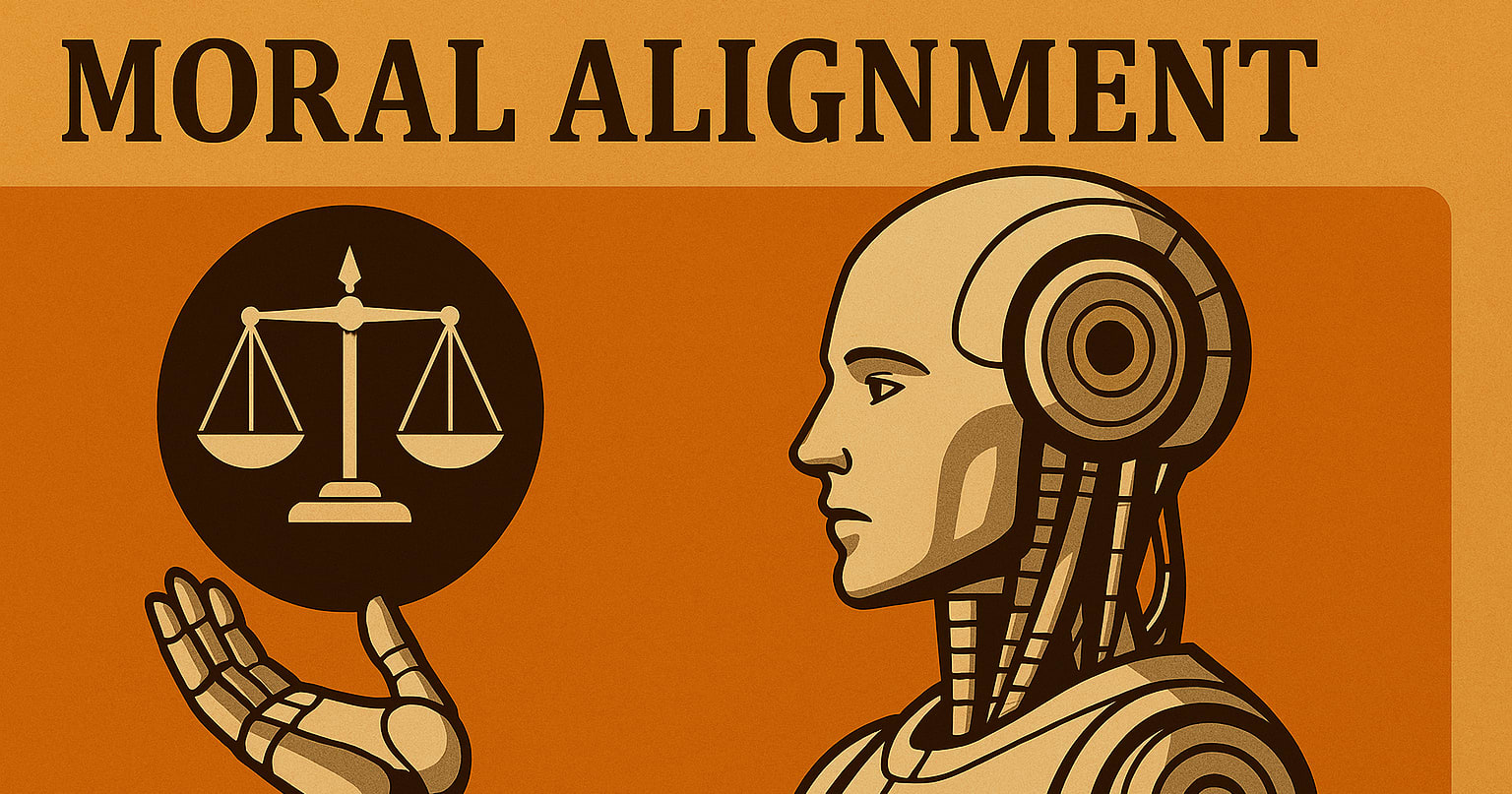In 1860, Walt Whitman addressed future generations with his poem "Crossing Brooklyn Ferry". On the shores Brooklyn, he feels the same reality as "men and women of a generation, or ever so many generations hence," and he knows it:
[...] I am with you,
Just as you feel when you look on the river and sky, so I felt,
Just as any of you is one of a living crowd, I was one of a crowd,
Just as you are refresh’d by the gladness of the river and the bright flow, I was refresh’d,What thought you have of me now, I had as much of you—I laid in my stores in advance,
I consider’d long and seriously of you before you were born. [...]
I first heard this poem in Joe Carlsmith's essay "On future people, looking back on 21st century longtermism."I loved it. I happened to be going to New York a few weeks later, and I happen to enjoy making little videos.
So, I made a video complementing Walt Whitman's poem with scenes from my Brooklyn visit, a 160 years later.
If you like this video or the poem, I recommend reading Joe Carlsmith's whole essay.
Here's the section where Joe reacts to Walt Whitman's poem, with longtermism and the idea of "shared reality" in mind:
It feels like Whitman is living, and writing, with future people — including, in some sense, myself — very directly in mind. He’s saying to his readers: I was alive. You too are alive. We are alive together, with mere time as the distance. I am speaking to you. You are listening to me. I am looking at you. You are looking at me.
If the basic longtermist empirical narrative sketched above is correct, and our descendants go on to do profoundly good things on cosmic scales, I have some hope they might feel something like this sense of “shared reality” with longtermists in the centuries following the industrial revolution — as well as with many others, in different ways, throughout human history, who looked to the entire future, and thought of what might be possible.
In particular, I imagine our descendants looking back at those few centuries, and seeing some set of humans, amidst much else calling for attention, lifting their gaze, crunching a few numbers, and recognizing the outlines of something truly strange and extraordinary — that somehow, they live at the very beginning, in the most ancient past; that something immense and incomprehensible and profoundly important is possible, and just starting, and in need of protection."
Thanks to Joe Carlsmith for letting me use his audio, and for writing his essay. Thanks to Lara Thurnherr and Finn Hambley for early feedback on the video.




I often find it quite hard to emotionally connect with longtermist ideas despite seeing their rational appeal. This was helpful, and sweet. Thank you for sharing.